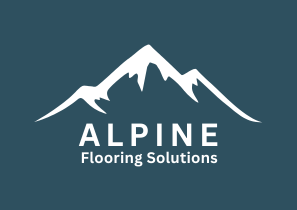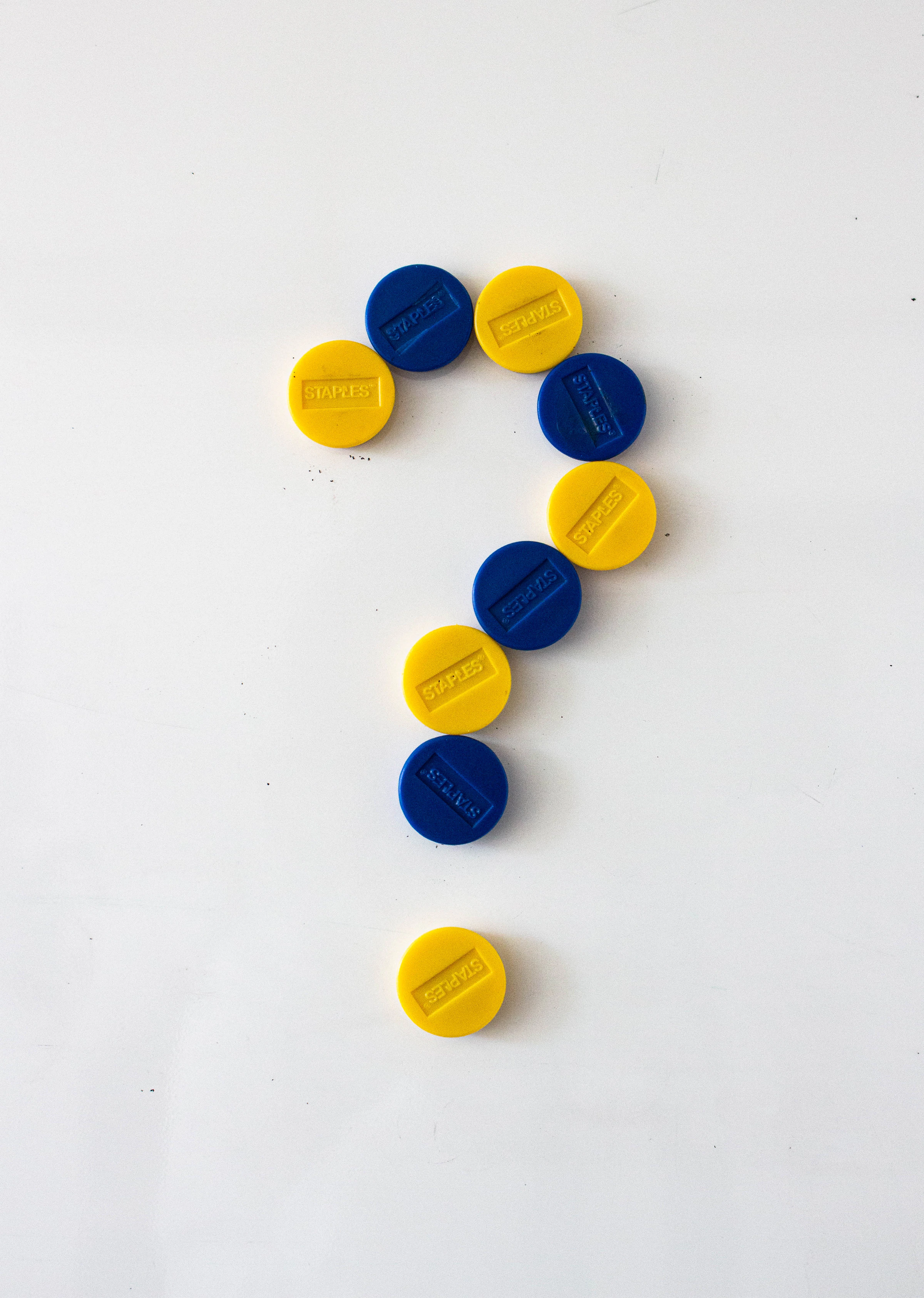Why More Homeowners Are Choosing Epoxy Flooring: Common Problems That Lead to the Switch
03 July 2025
Why More Homeowners Are Choosing Epoxy Flooring
In the world of home renovation and interior upgrades, flooring is one of the most impactful yet often overlooked elements. Many homeowners begin their renovation journey with a vision of elegant tile, warm wood, or trendy vinyl. But as time passes, real-world problems like wear and tear, water damage, and high maintenance begin to surface — leading many to seek a better, longer-lasting solution.
That’s where epoxy flooring steps in.
This article explores the most common issues and frustrations homeowners face with traditional flooring options — and why these problems are driving more people to switch to epoxy flooring in their homes, especially in humid climates like Singapore.
1. What Is Epoxy Flooring?
Epoxy flooring is a surface coating made by combining epoxy resin with a hardening agent. The result is a strong, glossy, and durable finish that bonds directly to concrete, creating a seamless, non-porous layer. Originally popular in industrial and commercial environments, epoxy is now making its way into residential kitchens, bathrooms, garages, balconies, and even living rooms.
2. Water Damage and Humidity Problems
⚠️ Common Issue: Floors that swell, warp, or grow mold
In high-humidity environments — such as Singapore or other tropical regions — traditional flooring like wood, laminate, and vinyl often suffer from moisture problems.
- Wood swells and warps with humidity
- Vinyl edges lift when adhesives fail
- Tiles grow mold in the grout
- Laminate floors bubble or delaminate
These problems not only ruin the look of the floor but can also cause structural damage, bad odors, and hygiene issues.
✅ Why Homeowners Switch to Epoxy:
Epoxy is completely waterproof and non-porous. Once installed, it seals off your floor, preventing any water penetration. There are no seams, gaps, or edges where moisture can get in — making epoxy a hygienic and low-maintenance solution for bathrooms, kitchens, and service yards.
3. Grimy Grout and Difficult Cleaning
⚠️Common Issue: Tile grout that traps dirt, mold, and smells
Tiles are a popular flooring choice — especially in kitchens and bathrooms — but many homeowners quickly discover that keeping grout lines clean is a constant battle.
Grout:
- Absorbs spills and stains
- Collects mold in humid environments
- Discolors over time
- Requires regular scrubbing and sealing
✅ Why Homeowners Switch to Epoxy:
Epoxy flooring has no grout lines — just one seamless surface. This means:
- Easier mopping
- No mold buildup
- No discoloration
- A cleaner, more modern look
4. Slippery Floors and Safety Risks Slippery Floors and Safety Risks
⚠️ Common Issue: Slippery ceramic tiles or polished surfaces
Especially in bathrooms, kitchens, or entryways, slips and falls are a real danger — particularly for children or elderly family members.
Ceramic tiles can become slick when wet, and polished stone or vinyl can feel like ice underfoot after a rainstorm.
✅ Why Homeowners Switch to Epoxy:
Epoxy floors can be custom-formulated with anti-slip textures, such as:
- Fine sand additives
- Flake finishes
- Matte or satin topcoats
This makes epoxy not only safer, but also more versatile, with options for both indoor and outdoor spaces. For families with kids, it’s a relief to have beautiful floors that aren’t a safety hazard.
5. High Maintenance Requirements
⚠️Common Issue: Floors that need frequent polishing, sealing, or repairs
Traditional flooring materials often come with hidden upkeep requirements:
- Wood must be sealed and refinished
- Tiles require re-grouting
- Vinyl can tear and need replacement
- Marble must be polished regularly
Over time, these maintenance tasks add up — in both time and cost.
✅ Why Homeowners Switch to Epoxy:
Epoxy flooring is:
- Stain-resistant
- Scratch-resistant
- Low-maintenance
- Requires no waxing or sealing
A simple mop or damp cloth is all you need to keep it looking new. This makes epoxy a favorite for homeowners who want luxury without the labor.
5. Cracked tiles or Uneven Floors
⚠️Common Issue: Exposed concrete in garages, basements, or balconies that looks rough or cracks over time
Bare concrete floors are durable but unsightly. Over time, they can:
- Crack due to settling
- Become dusty and hard to clean
- Show oil stains or water damage
Many homeowners don’t want to install tiles or wood in utility areas but still want something clean, attractive, and hardwearing.
✅ Why Homeowners Switch to Epoxy:
Epoxy is the perfect solution for resurfacing concrete. It covers cracks, evens out imperfections, and transforms dull grey cement into:
- Glossy showroom-style floors
- Industrial chic finishes
- Marble-like metallic patterns
- Color flakes and textured designs
6. Fading, Peeling or Discoloration
⚠️Common Issue: Floors that lose their color, peel, or fade over time
Vinyl, laminate, and even certain tiles can lose their vibrancy after years of sunlight exposure, spills, or chemical contact. In balconies or sunrooms, the issue is even more pronounced.
In some cases, surface coatings or printed designs on vinyl peel or bubble, ruining the entire look of the floor.
✅ Why Homeowners Switch to Epoxy:
Epoxy coatings are UV-resistant when finished with the right topcoat. They're also:
- Colorfast
- Resistant to staining
- Fade-proof
With metallic finishes, marble textures, or colored flakes, epoxy floors stay vibrant for years, even in rooms with full sun exposure.
7. Short Lifespan and Frequent Replacements
⏳ Common Issue: Flooring that doesn’t last more than 5–10 years
Many standard flooring materials — like vinyl planks, laminate, and even low-end tiles — have limited lifespans, especially in tropical climates.
They may:
- Peel
- Crack
- Fade
- Need replacement every few years
This adds up in renovation costs over time.
✅ Why Homeowners Switch to Epoxy:
Epoxy flooring can last 15–20 years with minimal upkeep, making it one of the most cost-effective options in the long run. You get:
- Fewer repairs
- No need for replacements
- Long-term peace of mind
Conclusion
Whether it's moldy tile grout, slippery floors, warping vinyl, or just a desire for a more modern and low-maintenance look, homeowners are increasingly choosing epoxy flooring as the solution to a wide range of flooring frustrations.
It offers:
- Seamless waterproofing
- Durability against wear and heat
- Low maintenance needs
- Stylish, modern design options
- Custom textures and finishes
If you're facing issues with your current flooring — or simply want something that will perform beautifully for years to come — epoxy flooring could be the smart, long-term solution your home needs.
At Alpine Flooring Solutions, we specialize in professional epoxy floor installations that are tailored to your specific needs and preferences. Contact us today to schedule your consultation and learn more about how epoxy flooring can enhance your space! We offer complimentary on-site consultations, where our experts assess your flooring needs and provide samples, suggestions, and a no-obligation quote.
Alpine Flooring Solutions
Whatsapp or Call:
+65 80684605

